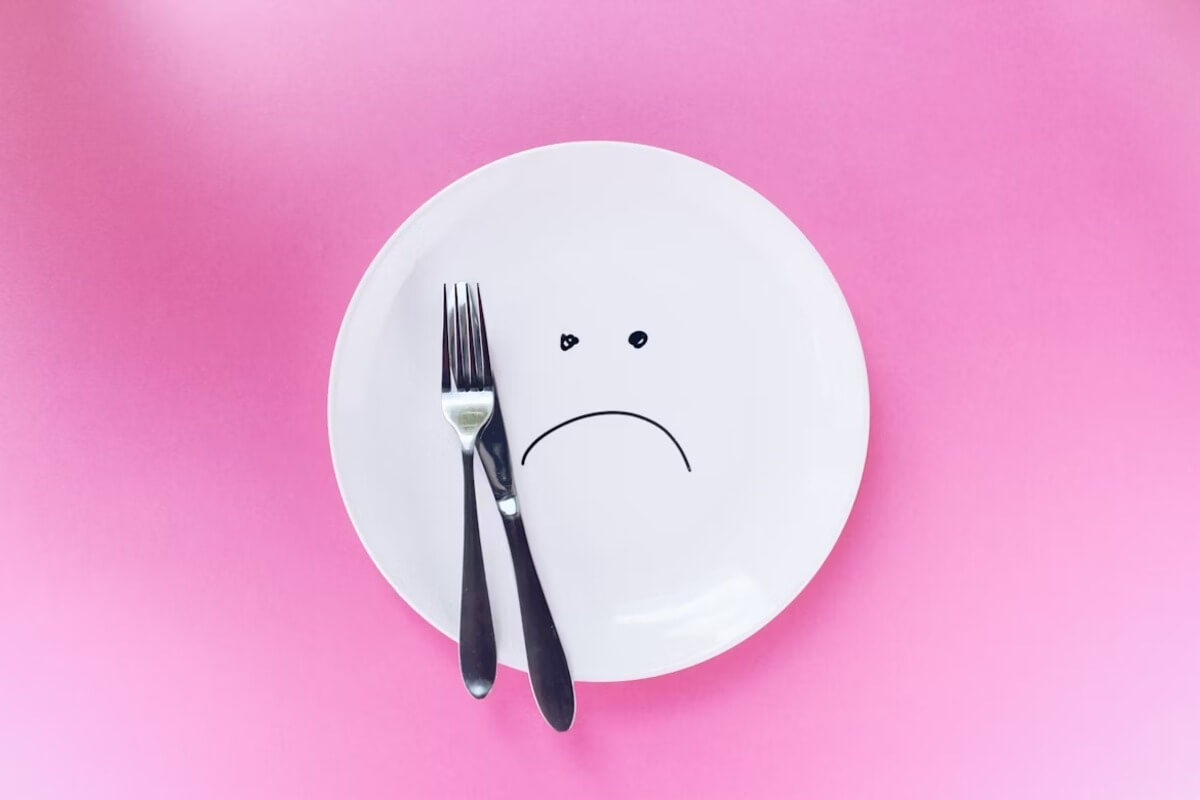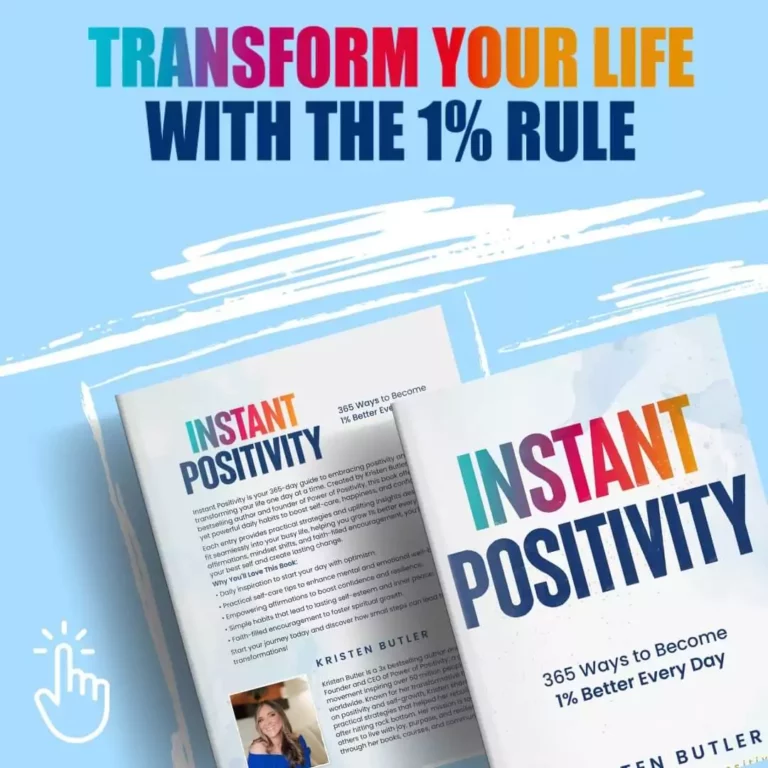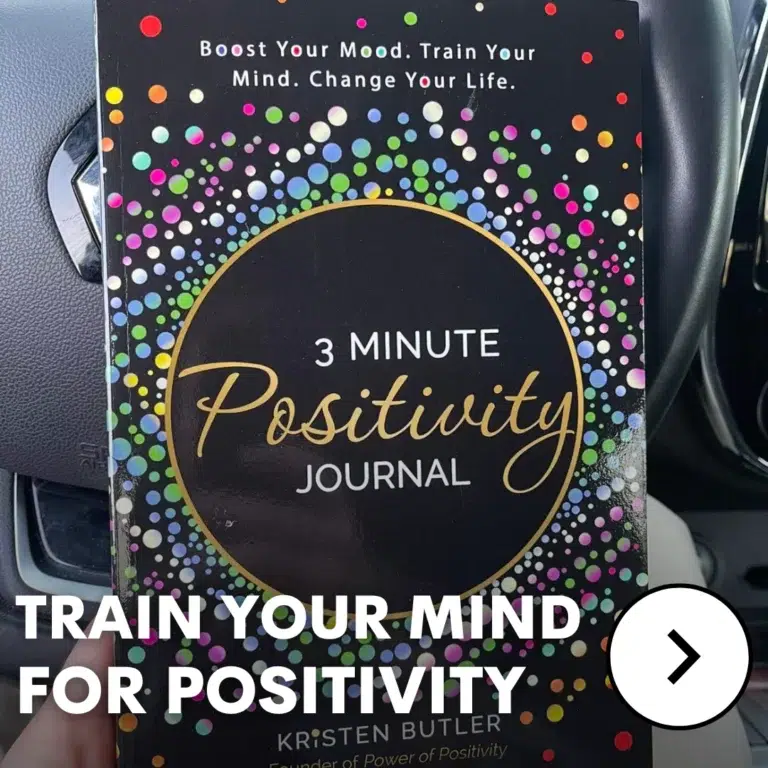When was the last time you ate without checking your phone or rushing to the next thing? These days, meals often happen in a hurry — fast food, oversized servings, and little thought about what’s actually on the plate. Many people turn to trendy diets hoping for quick results, but most end up right back where they started. That’s because real change doesn’t come from cutting out whole food groups or chasing the newest “fix.”
What truly makes a difference is learning to listen to your body and control how much you eat. Portion control matters more than strict dieting because it teaches balance instead of restriction. It’s a simple, steady habit that can last a lifetime. To see why it’s more powerful than any diet trend, let’s look at what portion control really means — and how it quietly changes everything.
What Portion Control Actually Means
Most people think healthy eating means cutting things out — but it’s really about balance. Portion control matters because it’s not about saying “no” to your favorite foods; it’s about knowing how much your body truly needs. You can still enjoy the same meals you love — pizza, pasta, or dessert — just in smarter amounts.
Unlike strict dieting, portion control gives you freedom instead of fear. It removes the guilt that comes with labeling food as “good” or “bad.” This simple shift helps you listen to your body again — to eat when you’re hungry and stop when you’re satisfied. Over time, that awareness leads to lasting weight success because you’re not fighting your body, you’re working with it.
To understand why this method works so well, let’s look at the science behind calories, energy, and why the amount on your plate makes all the difference.
Calories, Energy, and Why Quantity Rules Over Restriction
Every bite you take gives your body energy — measured in calories. The key is balance: when you eat more calories than you burn, the extra gets stored as fat. That’s why portion control matters more than following a diet that cuts out whole food groups.
Oversized servings are one of the biggest reasons people unintentionally eat more than they need. It’s easy to underestimate calories when portions keep growing, even with “healthy” foods like nuts, smoothies, or avocado toast. Eating too much of anything adds up over time.
Focusing on how much you eat, not just what you eat, creates steady progress that lasts. You can enjoy all foods — just in the right amount for your body.
But things didn’t always look like this. Decades ago, portions were smaller and more balanced — and so were people’s waistlines.
How Portion Sizes Got Out of Hand
Somewhere between the 1970s and today, serving sizes exploded. What used to be a small soda is now three times the size, and restaurant meals could easily feed two people. This steady change created what experts call “portion distortion” — the habit of thinking large is normal.
Advertising, social media, and even comfort eating have all played a role. Oversized plates, “value meals,” and buffet culture made bigger servings feel like a better deal. But more food often means more calories than the body can handle.
When eating out or grabbing takeout, it’s easy to forget that those portions are far beyond what most people need. This steady excess leads to slow, steady weight gain that’s easy to miss.
As serving sizes grew, so did health problems like obesity and heart disease. The good news? Portion control matters because it gives that control back — one plate at a time.
The Science-Backed Benefits of Portion Control
Eating the right amount affects more than just your weight. It supports your digestion, energy, and long-term health. Here are three powerful benefits that show why portion control matters more than dieting ever could.
1. Sustainable Weight Management
Losing weight isn’t about starving yourself — it’s about consistency. When you manage portions, you naturally reduce calories without cutting entire food groups. This makes weight loss slower, steadier, and easier to maintain.
Strict diets often backfire because the moment they end, people go back to old habits. Portion control avoids that trap. It helps you enjoy pizza night or weekend treats without guilt — because you’ve learned moderation.
Your body adjusts to eating what it actually needs instead of what habit tells you to finish. That balance helps you maintain a healthy weight for life.
2. Improved Digestion and Energy Levels
Ever feel sluggish after a big meal? Eating smaller portions takes that heavy feeling away. Your stomach digests food more efficiently when it isn’t overloaded, and your energy stays steady throughout the day.
Balanced portions also help control blood sugar levels, preventing that mid-afternoon crash. You’ll notice clearer thinking, better focus, and fewer cravings.
When you stop overeating, your body stops working overtime — and that alone makes a huge difference in how you feel daily.
3. Lower Risk of Chronic Diseases
Health experts agree that long-term overeating contributes to inflammation, high cholesterol, and insulin resistance. Over time, those lead to serious conditions like heart disease and type 2 diabetes.
Practicing portion control helps keep your metabolism steady and your blood sugar stable. Even small improvements — like eating half your restaurant meal — can make a measurable impact.
People who consistently control their portions tend to maintain healthy blood pressure, better cholesterol levels, and lower body fat. That means fewer doctor visits and a longer, more active life.
Portion control matters because it protects both your waistline and your future health. Knowing the benefits is one thing — putting them into daily habits is where real progress starts.
Simple, Real-Life Strategies to Master Portion Control
Trying to change eating habits can feel overwhelming, but it doesn’t have to. Small, steady steps work better than strict rules. These habits fit into real life, even with busy schedules and family meals.
1. Use Visual Guides
Measuring every bite isn’t realistic for most people. A quick hand guide makes it easier:
- Palm = protein
- Fist = grains or starch
- Thumb = healthy fats
- Two cupped hands = veggies
Hand sizes match your body, so it works for everyone. Think simple examples: a palm-size piece of chicken, a fist of rice, two thumbs of nuts.
This method helps you build balanced plates without needing a scale or app. Over time, your eyes learn what a normal serving looks like, which makes eating the right amount feel natural instead of forced.
2. The Plate Method
A plate is one of the best teachers. A good guide is:
- Half vegetables
- Quarter lean protein
- Quarter whole grains or starch
Colorful veggies add fiber and help you feel full without overeating. Using a smaller plate also tricks your mind into feeling satisfied with less food.
Keeping meals simple and balanced removes stress. You don’t need fancy recipes to eat well — rice, chicken, and veggies can do the job just fine. The goal is balance, not perfection.
3. Mindful Eating Habits
Slowing down changes everything. Eating too fast makes it easy to miss when you’re full. Try these habits:
- Take smaller bites
- Chew longer
- Pause halfway through and ask, “Am I still hungry?”
Screens can distract you into overeating, so putting the phone away helps you listen to your body. The more you check in with hunger and fullness, the easier it becomes to stop at “satisfied” instead of “stuffed.”
Little habits like sipping water between bites or setting your fork down for a moment can make a huge difference. This approach isn’t about control — it’s about paying attention and caring for your body.
Even with great habits, life brings challenges — like eating out, parties, and stress munching. Let’s talk about those next.
Overcoming the Common Challenges
Not every meal happens at home. Social life, emotions, and convenience can all impact how much you eat. Knowing what you’re up against makes it easier to stay on track.
1. Dining Out
Restaurants often serve enough food for two people. A few easy ideas help:
- Split meals with someone
- Order from the appetizer menu
- Ask for a to-go box and put half away right when it arrives
You still enjoy your food — just without going overboard. Eating slowly and savoring each bite also helps you feel satisfied sooner.
2. Social Events
Parties and family gatherings make it easy to snack without thinking. Planning ahead keeps you steady:
- Eat a light, healthy snack before you go
- Choose smaller servings and enjoy them slowly
- Focus more on talking and being present than hovering near the food table
Enjoying treats is still allowed — the key is balance, not avoiding fun.
3. Emotional Eating
Stress, boredom, and frustration can trick you into eating when you’re not hungry. When those feelings hit, pause and ask, “Do I need food or comfort?”
Healthy swaps help: a short walk, deep breathing, journaling, or a warm tea. These tools give your mind what it needs without turning food into a coping plan.
The Mind-Body Connection: Why Awareness Changes Everything
Slowing down and paying attention teaches your brain to feel satisfied with less food. When you eat calmly and notice each bite, your body sends fullness signals at the right time.
This helps break the “all or nothing” mindset many diets create. Instead of thinking you “messed up,” you simply adjust your next meal. People who eat mindfully tend to have steadier weight, more energy, and fewer cravings because they respect hunger signals instead of fighting them.
Treating food as fuel and enjoyment — not stress — builds confidence and peace around eating.
Final Thoughts on Making Portion Control a Way of Life
Healthy eating is not about perfection or cutting out everything you love. It’s about consistency and balance. When you learn to eat the right amounts, food becomes enjoyable instead of stressful.
Portion habits work long-term because they fit real life. They give room for birthday cake, family dinners, and comfort meals — all without losing progress. This approach supports your body, your energy, and your mood.
A few changes each day — smaller plates, mindful bites, listening to hunger — can create big results over time. Slow and steady really does win here.
If you ever feel unsure where to start, talking to a nutrition expert or doctor can help you build a plan that fits your lifestyle and health needs. Small steps today can lead to a healthier, happier future.







